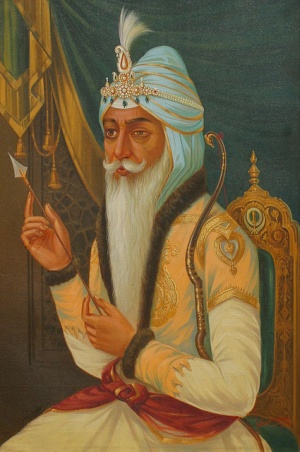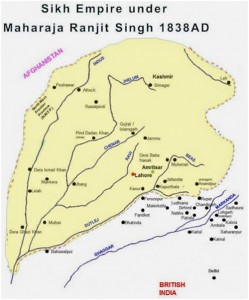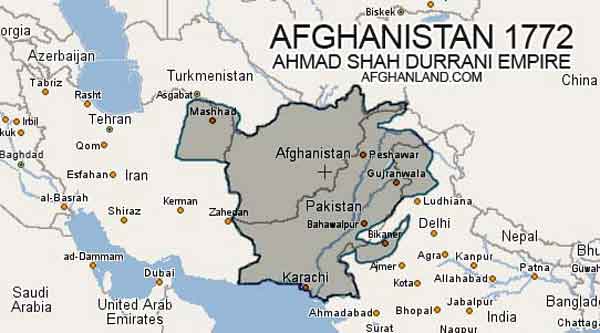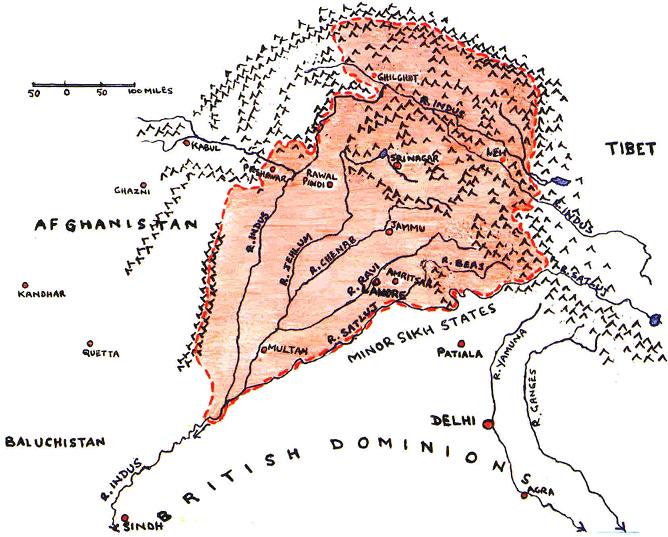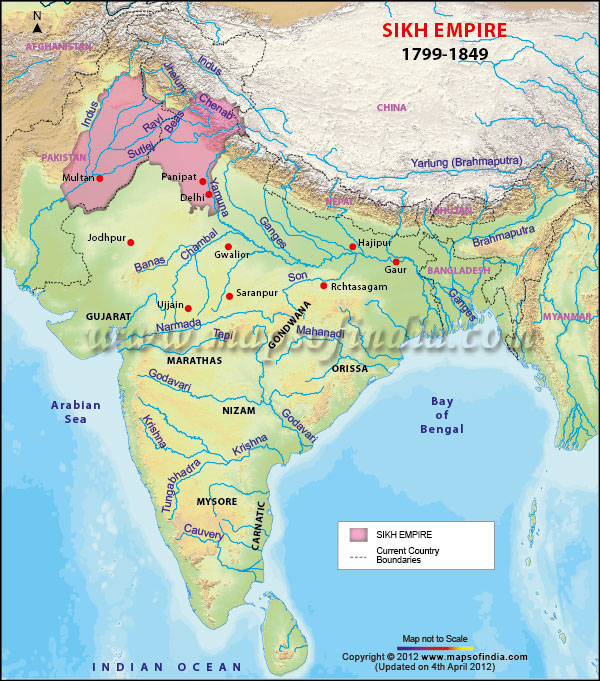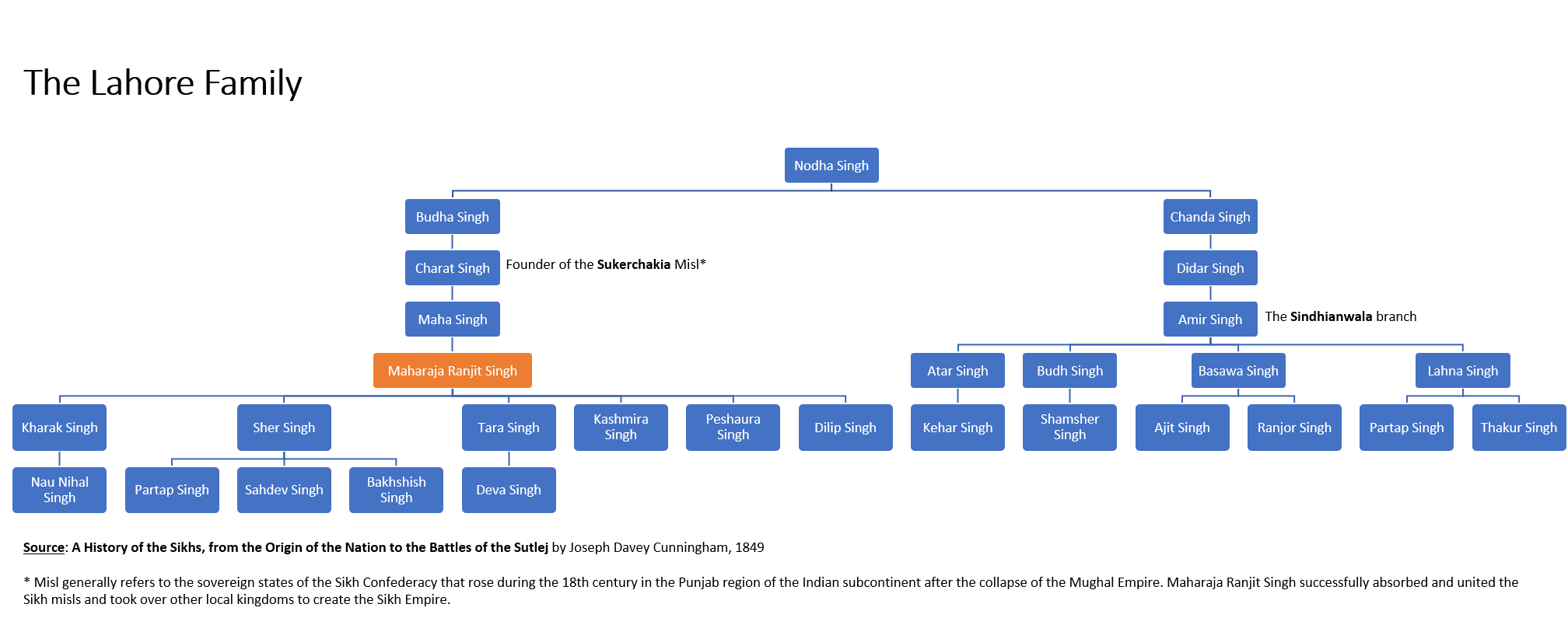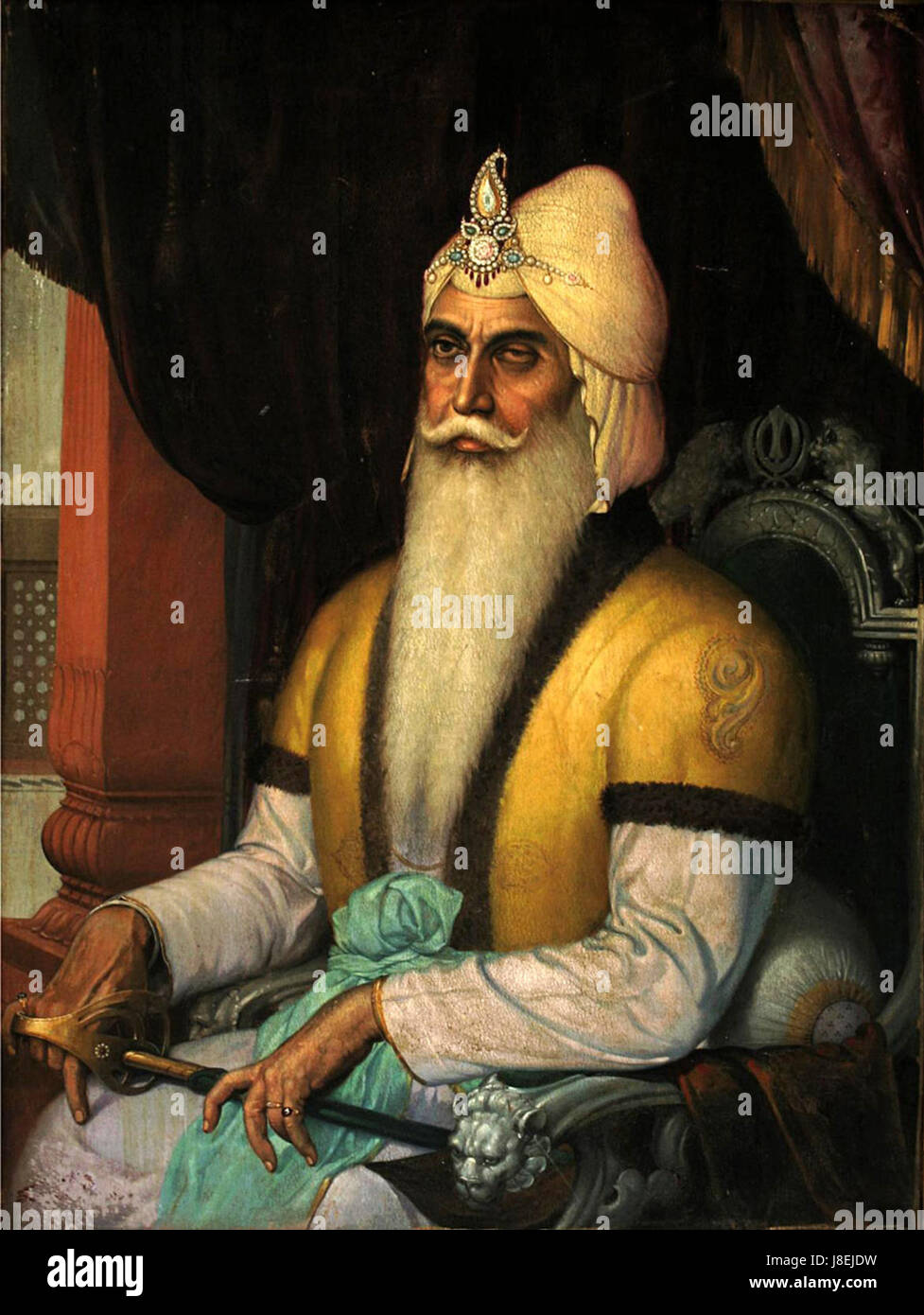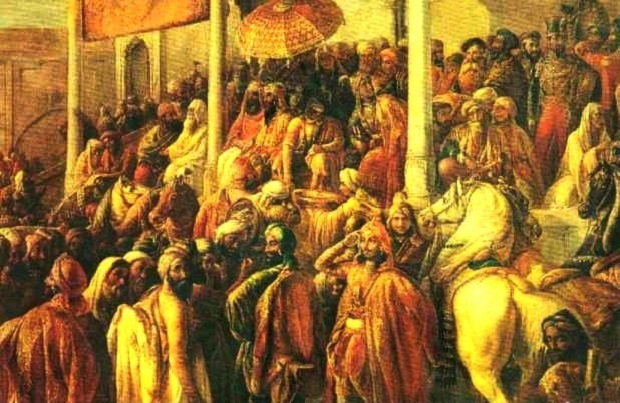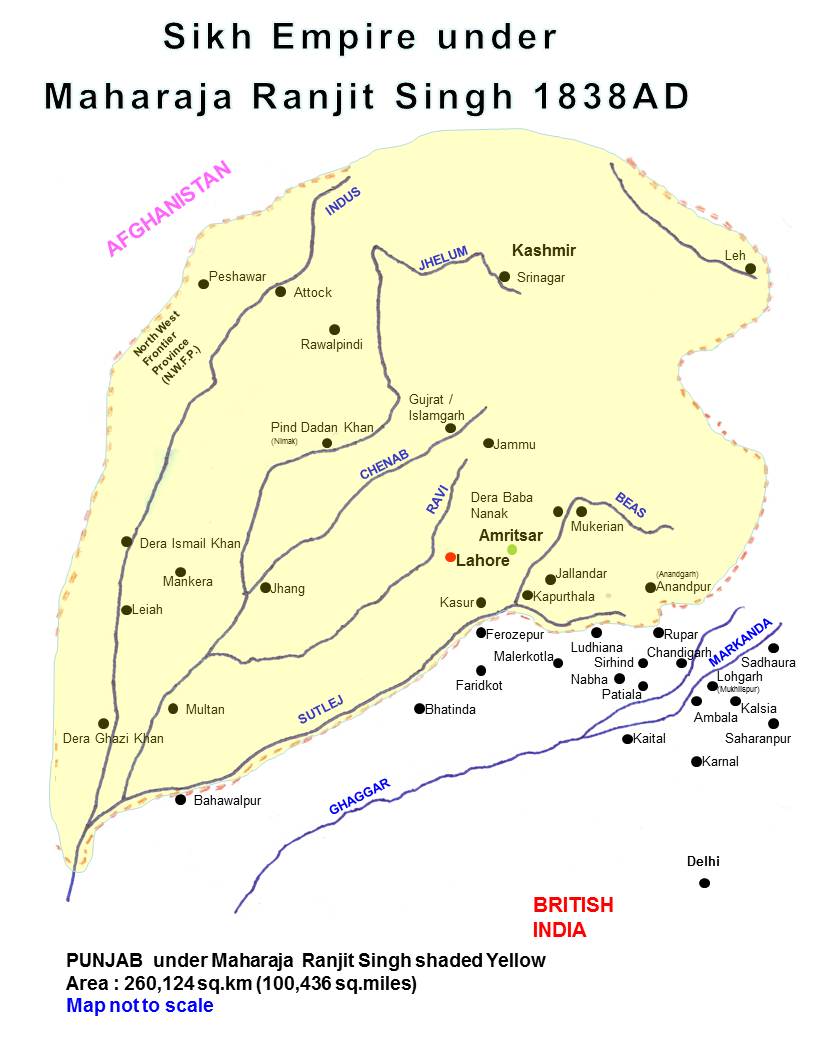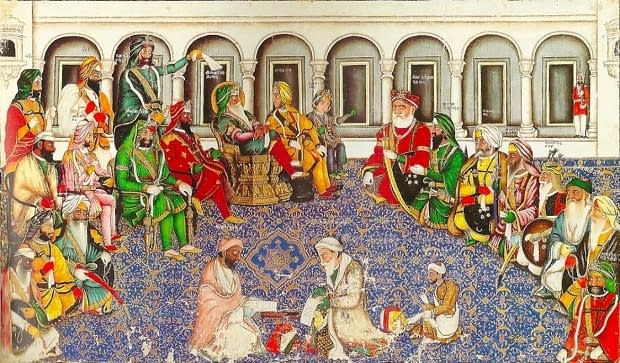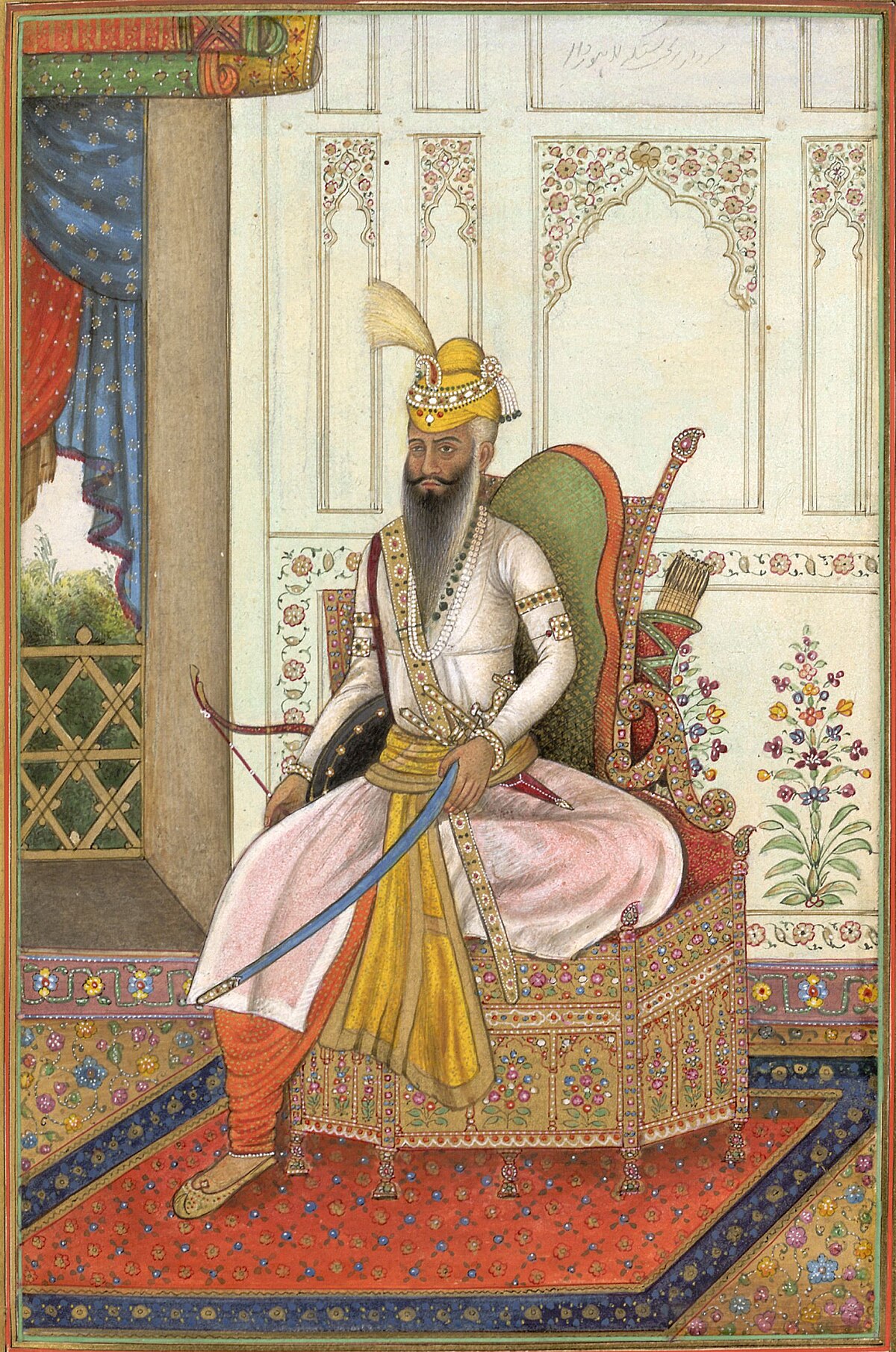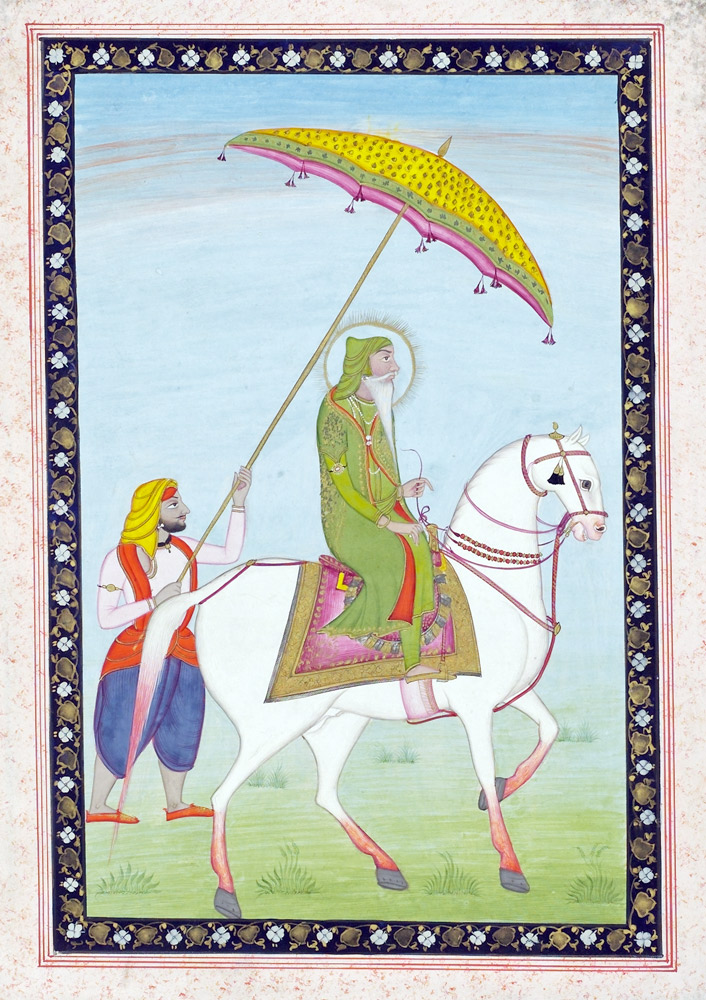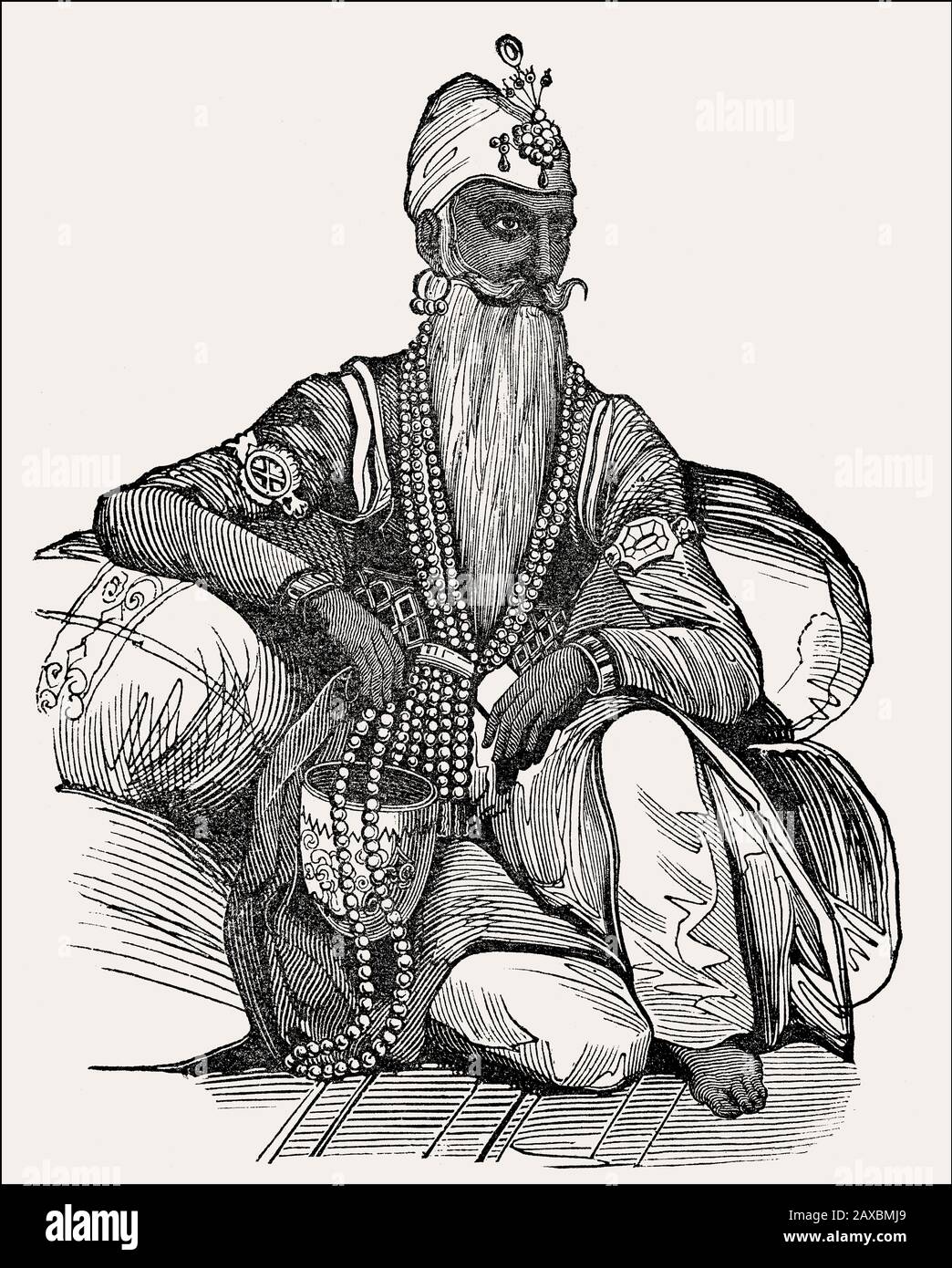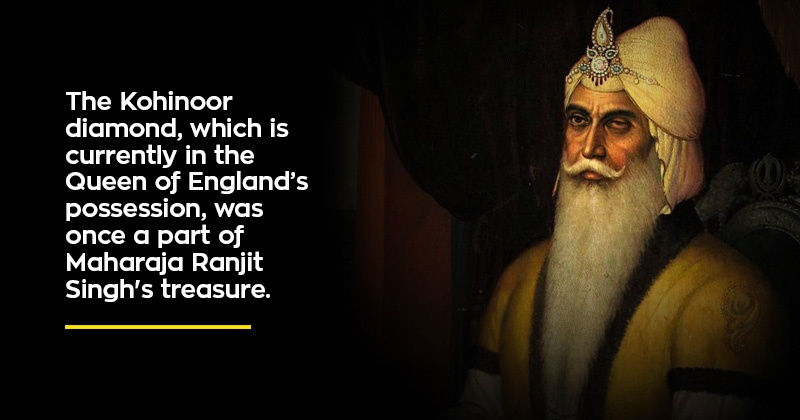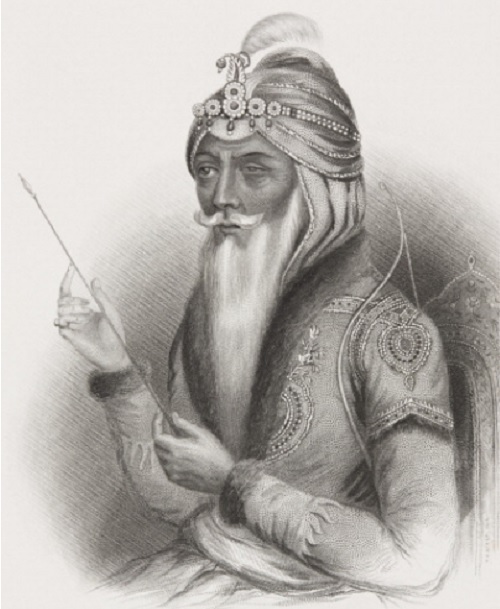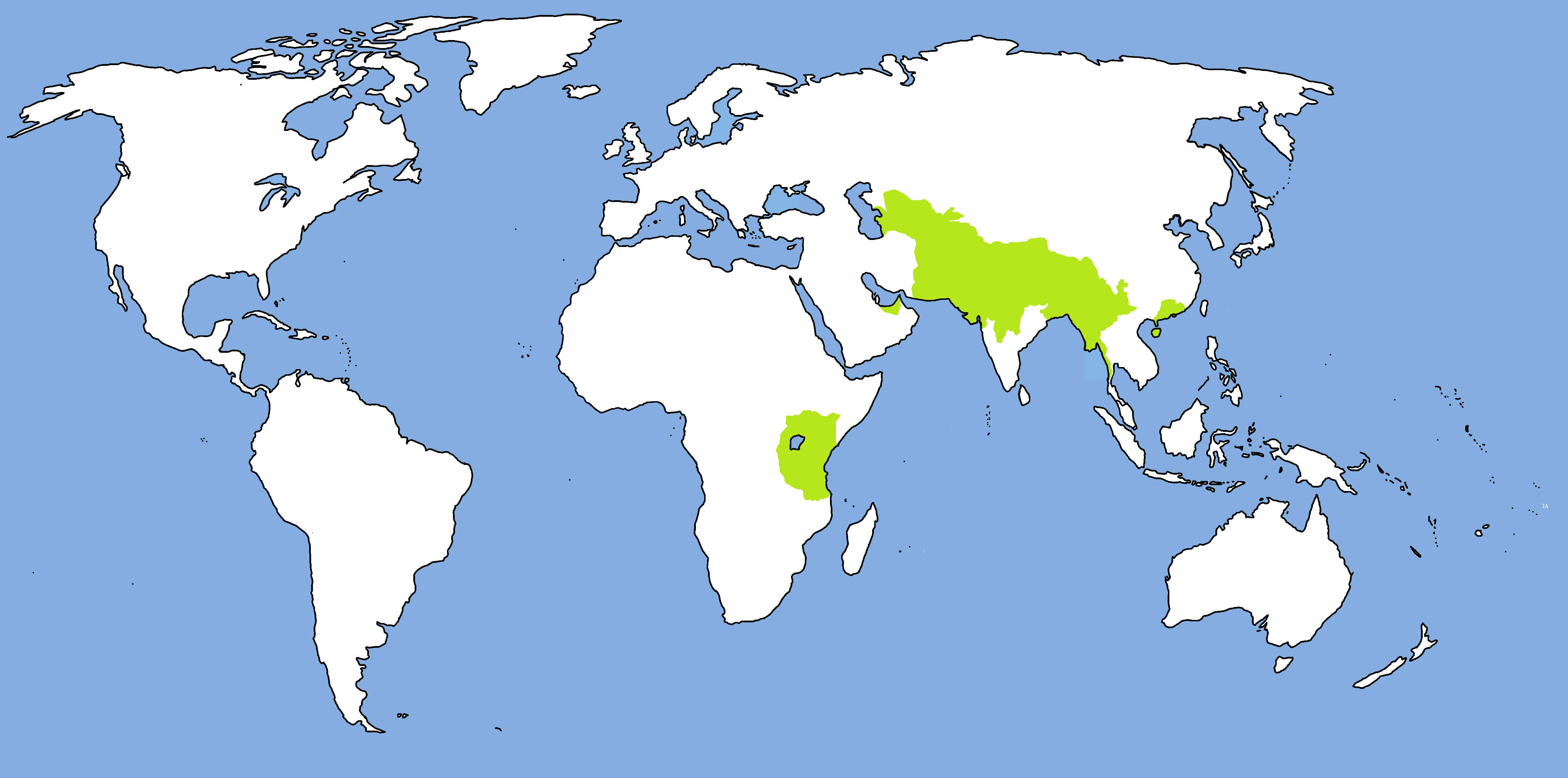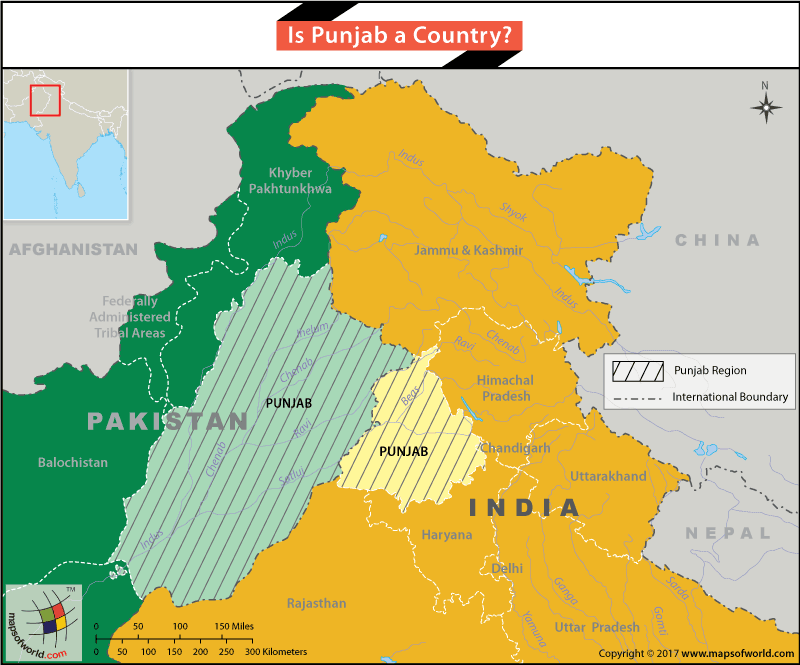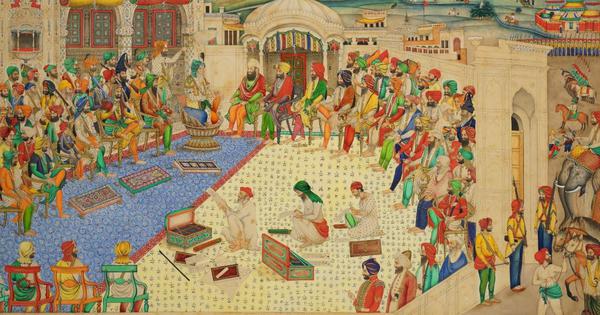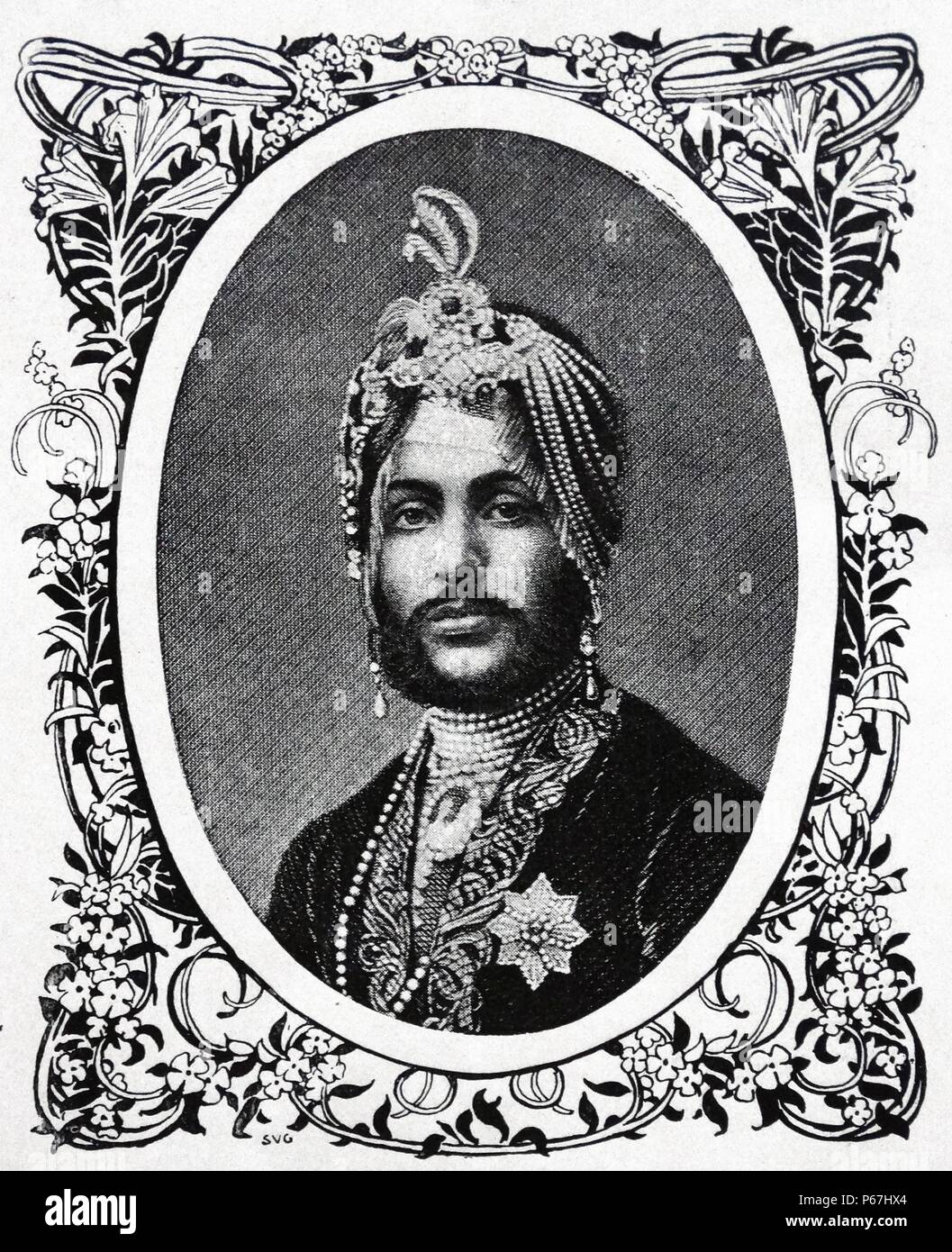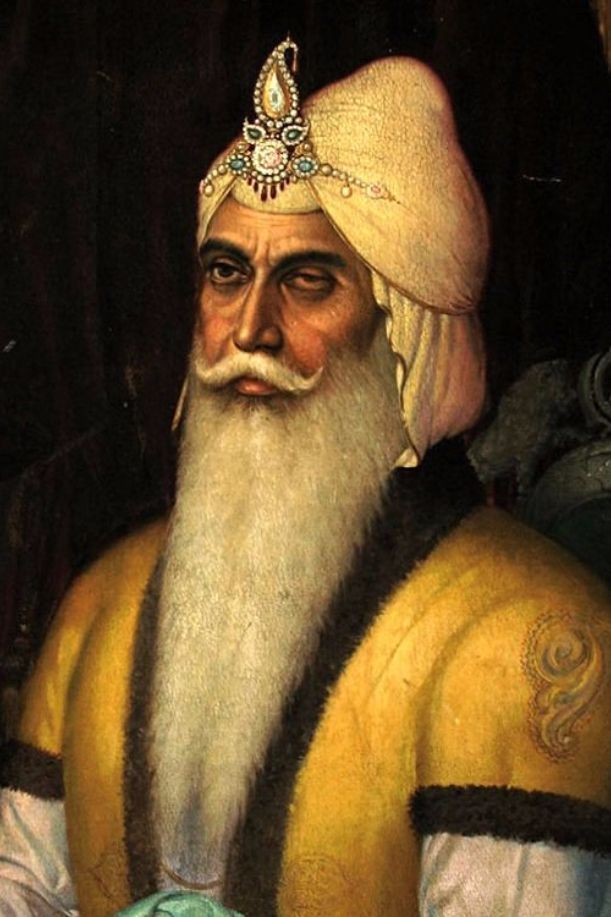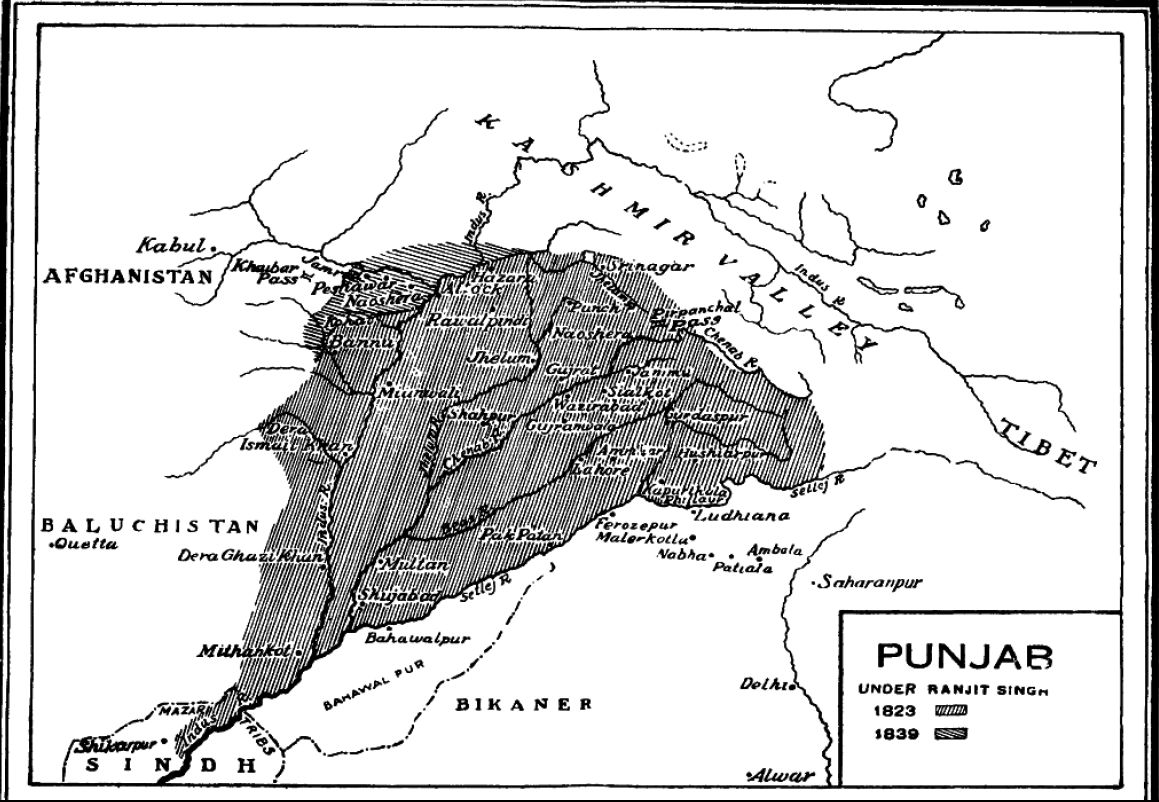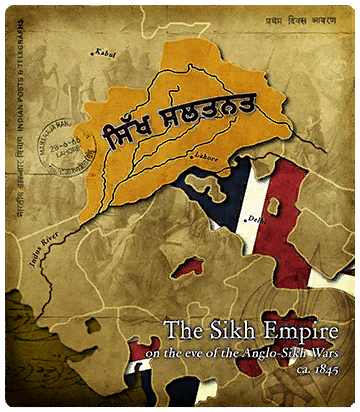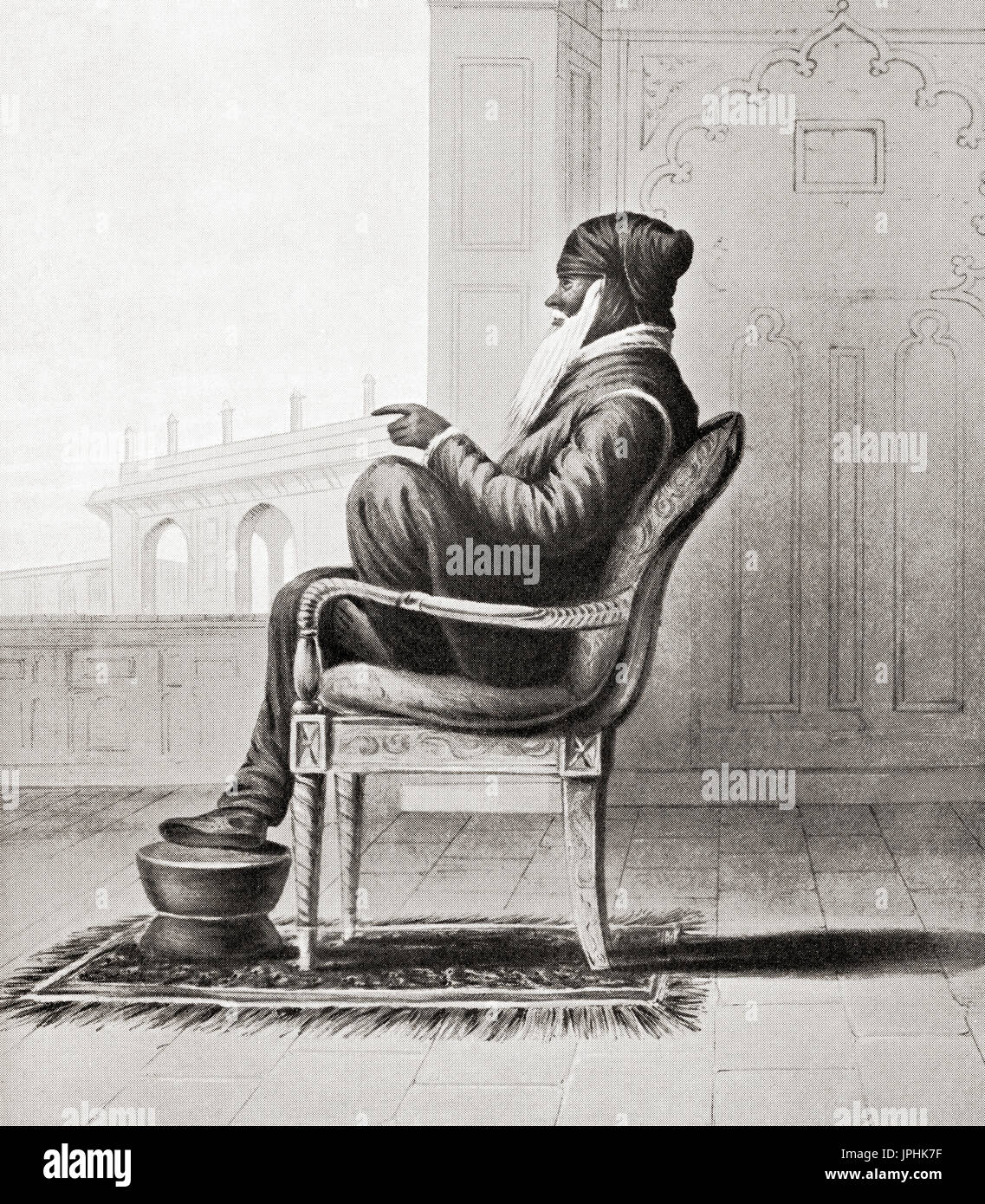Sikh Empire Maharaja Ranjit Singh Punjab Map
He fought his first battle alongside his father at age 10.

Sikh empire maharaja ranjit singh punjab map. The empire existed from 1799 when ranjit singh captured lahore to 1849 and was forged on the foundations of the khalsa from a collection of autonomous sikh misls. He survived smallpox in infancy but lost sight in his left eye. It was headed by maharaja ranjit singh who used a number of autonomous punjabi misls.
After his father died he fought several. Today we may recall the great hero of punjab who has ruled the punjab regime in the early nineteen centuryranjit singh was born on nov. Maharaja ranjit singh founded the sikh empire based around punjab in 1799.
At its peak in the 19th century the empire extended from the khyber pass in the west to western tibet in the east and from mithankot in the south to kashmir in the north. At its peak in the 19th century the empire extended from the khyber pass in the west to western tibet in the east and from mithankot in the south to kashmir in the north. It was a major power in the indian subcontinent and at its peak the empire encompassed regions from the khyber pass in the west to western tibet in the east and from mithankot in the south to kashmir in the north.
After the death of maharaja ranjit singh the british annexed most the sikh kingdom and signed a treaty with gulab singh called treaty of amritsar 1846 where all the hilly or mountainous country with its dependencies situated to the eastward of the river indus. The empire existed from 1799 when ranjit singh captured lahore to 1849 and was forged on the foundations of the khalsa from a collection of autonomous sikh misls. In the 19th century the sikh empire was seeing its peak time and so it focused on its expansion.
13 1780 at gujranwala. Maharaja ranjit singh the 19th century ruler of the sikh empire in india has beaten competition from around the world to be named the greatest leader of all time in a poll conducted by bbc. Maharaja ranjit singh 13 november 1780 27 june 1839 popularly known as sher e punjab or lion of punjab was the leader of the sikh empire which ruled the northwest indian subcontinent in the early half of the 19th century.




